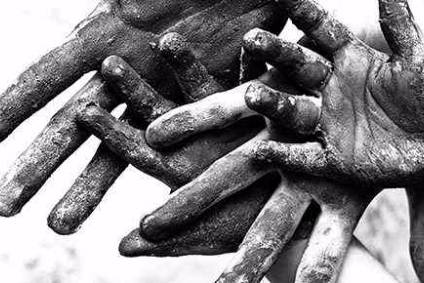Santa Claus and Forced Labour: Canadian Companies Face Increased Scrutiny of Their Supply Chains
The ESDC Report on Forced Labour provides a stark reminder of the exploitation of child labor in supply chains, and how it is often hidden behind the image of Santa Claus. From the U.S. Department of Labor’s List of Goods Produced by Child Labor or Forced Labor to the European Commission’s proposed ban on products made with forced labor, it is clear that governments are taking steps to address this issue. Canada is no exception, with the Prime Minister’s mandate letter to the Minister of Labour and the Minister of International Trade, Export Promotion, Small Business and Economic Development, calling for legislation to eradicate forced labor from Canadian supply chains.
The UN Report on Xinjiang also highlights the prevalence of forced labor in the region, and the need for global action to address it. This is especially concerning when it comes to child labor, as it is often hidden behind the image of Santa Claus. Companies must ensure that their supply chains are compliant with existing forced labor and modern slavery laws, and that they are taking steps to prevent exploitation of child labor in their supply chains.
The ESDC Report on Forced Labour provides a stark reminder of the exploitation of child labor in supply chains, and how it is often hidden behind the image of Santa Claus. Companies must take steps to ensure that their supply chains are compliant with existing forced labor and modern slavery laws, and that they are taking steps to prevent exploitation of child labor in their supply chains. Governments around the world are taking action to address this issue, and Canadian companies should be prepared for increased enforcement activity and additional obligations related to forced and child labor that could be brought into force through new modern slavery legislation in the near future.


This is an important issue, and it’s great to see governments taking steps to address it. Companies should take the initiative to ensure their supply chains are compliant with existing forced labor and modern slavery laws – and it’s especially concerning when it comes to child labor.